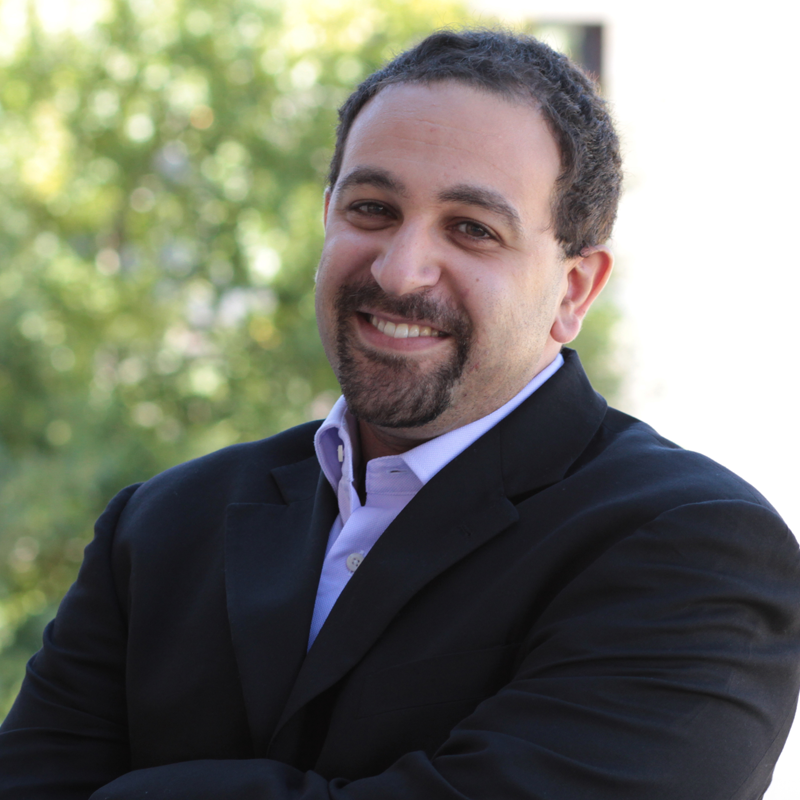 On Carnegie Mellon University Week: Infrastructure can keep people locked in the past.
On Carnegie Mellon University Week: Infrastructure can keep people locked in the past.
Daniel Armanios, assistant professor in the department of engineering and public policy, explores how.
Daniel Armanios is an Assistant Professor in the Department of Engineering and Public Policy at Carnegie Mellon University as well as a Distinguished Visiting Professor of Leadership at Tsinghua University’s Schwarzman College. His research lies at the intersection of institutions, engineering systems, and public policy & entrepreneurship. More specifically, he focuses on the social processes that influence how physical and scientific infrastructure is built and subsequently used to achieve entrepreneurship, innovation, and sustainable development outcomes. His research is conducted in a variety of contexts such as the United States, China, India, Thailand, Egypt, and Tunisia. To those ends, he uses a mixed methods approach that integrates qualitative and quantitative data to overcome constraints that have historically hindered empirical analyses in these settings. Some of his specific projects include understanding how the coordination across different public organizations affects high-tech innovation and infrastructure maintenance in China and in the United States, as well as how the Arab Spring affected how state banking infrastructure funded entrepreneurship in Egypt and Tunisia.
The Social Legacies of Our Infrastructure Systems
To understand the complex social legacy of our infrastructure, we must recognize that embedded within its physical embodiments are a wide array of people and organizations, both past and present.
To better draw the connection between builders and communities of yesterday to those of today, our research conceptualizes bridges as “institutional relics”. “Institutional,” in that engineers design bridges according to standards of the time. “Relics,” in that these standards are explicitly built into the bridge’s physical attributes, which persist even when these standards change as societies evolve.
These bridges do not just carry outdated standards but also social biases from the time. As physical infrastructure is difficult to move, new infrastructure is often built along these outdated footprints, further locking in these biases. Using data up to 2010, we find communities with greater percentages of African-Americans and Hispanics are still associated with fewer bridges, and associated with more restrictive bridges whose clearances constrict the free flow of buses or trucks, when they even get one. In another study, we find that even one new bridge in a city increases high-growth startup rates by 16%. Outdated infrastructure therefore continues to systematically shutout Black and Brown communities from accessing economic opportunities.
Our infrastructure does not just transport people, goods, and services. They transport new ideas and, with them, hope and opportunity. They also perpetuate outdated ideas that give bias and exclusion continued life. So the next time you cross a bridge, think about all the benefits of access, connection, and innovation that you take-for-granted from this “silent” engineering marvel. However, also think about the community intersected and displaced to make that possible; their connection to infrastructure is often an unwanted one that still shunts their prospects. That duality typifies the complicated social legacy of our infrastructure systems that permeates and persists through its brick, mortar, and steel.
Read More:
- Desai, J. D., & Armanios, D. E. 2018. What Can’t be Cured Must be Endured: Understanding Bridge Systems as Institutional Relics. Journal of Infrastructure Systems, 24(4): 04018032. https://doi.org/10.1061/(ASCE)IS.1943-555X.0000451
(Media Summary: https://engineering.cmu.edu/news-events/news/2018/10/18-armanios-institutional-relics.html) - Jones, S., & Armanios, D. 2020. Methodological Framework and Feasibility Study to Assess Social Equity Impacts of the Built Environment. Journal of Construction Engineering and Management, 146(11): 05020016. https://doi.org/10.1061/(ASCE)CO.1943-7862.0001914
(Media Summary: https://engineering.cmu.edu/news-events/news/2020/09/11-racial-inequity-infrastructure.html)
